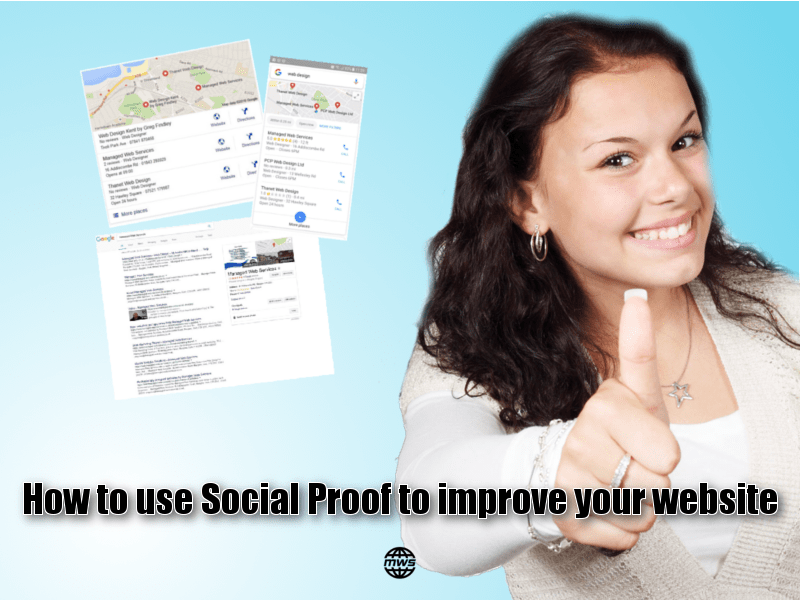What is Social Proof?
Aristotle first stated that “Man is by nature a social animal.” As a social animal we are constantly looking to others for acceptance and for guides to acceptable behaviour. One such guide is referred to as social proof. Social proof, is defined as, a psychological phenomenon where people assume the actions of others in an attempt to reflect correct behaviour for a given situation. Simply put this means that people look to other people to decide how to behave, particularly when they are uncertain. Behaviour can mean more than just a set of actions, it can also mean beliefs, values and opinions.
Examples of Social Proof
Many night clubs force their customers to wait outside and limit entry. Seeing a queue outside the club makes the club look popular and exclusive. The queue acts as social proof to passers by to encourage them to want to enter the club themselves. Another example of this is the use of waiting lists and charging a high price to join various country clubs etc. Making it difficult and expensive to join the club fosters the social proof that joining this club is both exclusive and a privilege. A more commonplace example of social proof is canned laughter or recorded applause used on many TV shows to make you laugh along or perhaps to signify that something of note has just happened.
Mechanisms of Social Proof
Multiple source effect
People are more likely to believe something that has been stated by multiple sources. One study observed that people who heard five positive reviews of a book read by five different synthesized voices perceived that book more favourably than if they heard the same five reviews read by one synthesized voice.
Uncertainty
Uncertainty is a major factor that encourages social proof. One study found that when evaluating a product, consumers were more likely to incorporate the opinions of others through the use of social proof when their own experiences with the product were ambiguous, leaving uncertainty as to the correct conclusion that they should make.
Similarity to the surrounding group
Similarity also motivates the use of social proof; when a person perceives themselves as similar to the people around them, they are more likely to adopt and perceive as correct the observed behaviour of these people. This has been noted in areas such as the use of laugh tracks, where participants will laugh longer and harder when they perceive the people laughing to be similar to themselves
Social Proof and Web Design
You can use social proof in the design of your website to improve the user experience (UX) to promote and guide your user’s behaviour. Often when looking at your website your users are undecided on how to proceed. They may like the descriptions of your product or service, but how do they know if they can trust you to deliver on their expectations? The answer is to use social proof to show them that others have led the way, and that they are not doing anything risky or different from many other people. Here are some examples, in which the three mechanisms of social proof all apply to varying degrees:
Testimonials
A testimonial is a short ‘thumbs up’ for your product or service. This acts as social proof in that someone has been so happy with your product or service that they are prepared to endorse you and let everyone know.
User reviews
User reviews are similar to testimonials however they differ in that they are not about a ringing endorsement but are a balanced critique. Positive reviews will help convince the prospective buyers that they will also like your product or service. Even the odd negative review can be helpful in adding further validation to the positive reviews.
Behavioural cues
You can use behavioural cues as social proof. When a prospective customer looks at a particular product, you can showcase other products. Use behavioural cues such as “Customers who viewed this also bought…” The social proof here shows that others have also bought this and similar products before them. It also make the prospective customer feel that they are getting a more personalised experience.
Social Media and Social Proof
Social media is all about social proof. It encourages people’s behaviour by showing that other people are doing the same thing. Social media is constantly showing how many people “like” your content or how many people have recently shared your content. Twitter displays follower counts, activity feeds or the number of times content has been retweeted. Blogs are a form of social media as well. If your blog attracts lots of comments, displaying your comment counts prominently can serve as an effective form of social proof. How do you use social proof in the design of your website?




